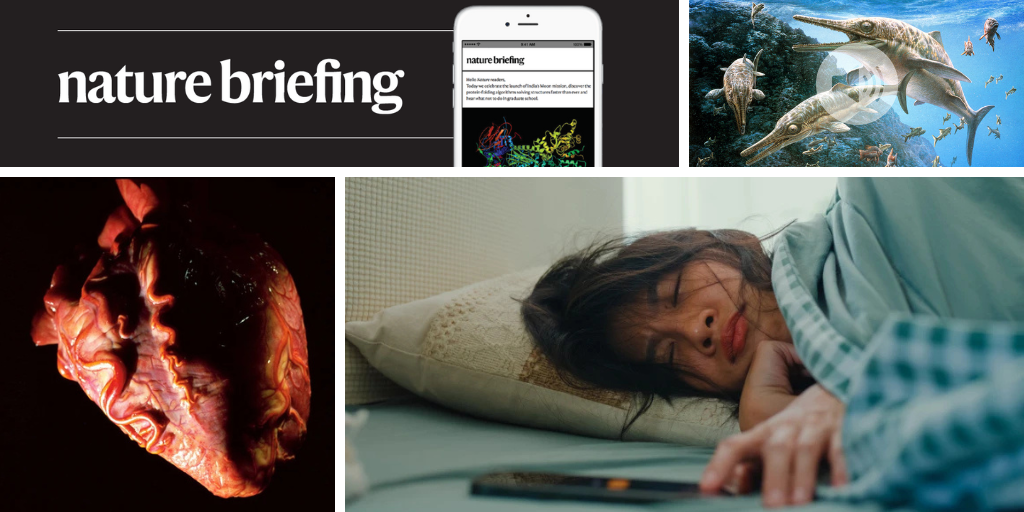
"When we wake from the dream-laden phase of sleep, the brain boots up step by step. The first brain regions to rouse are those associated with executive function and decision-making, located at the front of the head. A wave of wakefulness then spreads to the back, ending with an area associated with vision. This precise understanding of how the brain transitions from slumber to alertness could help to manage sleep inertia - the grogginess that many people feel when hitting the snooze button."
"Surgeons have developed two ways to revive the hearts of people who wish to donate their organs after they die. The first of these techniques, used to transplant hearts in children, revives the heart outside of the body by pumping oxygenated blood into it through a tube. The blood is then drained, re-oxygenated and pumped back in on a cycle."
"Google harnessed motion sensors on more than two billion smartphones to detect earthquakes, and then sent automated warnings to millions of people in 98 countries. Google scientists say the system performed on par with standard seismometers."
The brain undergoes a structured awakening process, starting from regions linked to executive function and decision-making, spreading to areas associated with vision. This understanding could mitigate sleep inertia, reducing morning grogginess. Two innovative heart reviving techniques have been developed for organ donation: one pumps oxygenated blood outside the body, while the other freeze-preserves hearts within the donor. Additionally, Google's system using motion sensors on smartphones detected earthquakes across 98 countries, matching the performance of standard seismometers.
Read at Nature
Unable to calculate read time
Collection
[
|
...
]